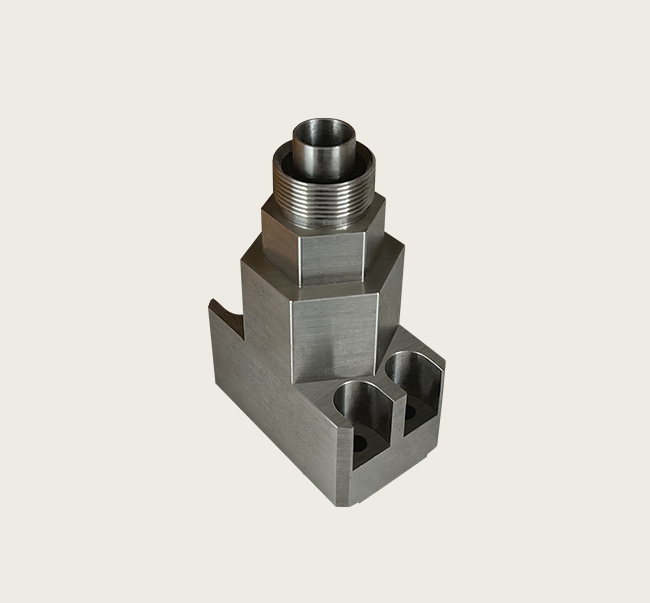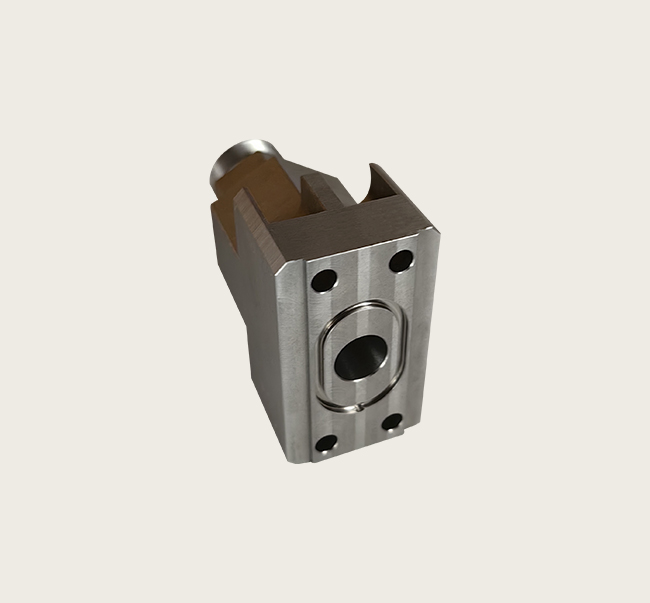Precision mold parts machining is a key manufacturing process.
I. Importance
1, mold accuracy assurance
The machining of precision mold accessories directly determines the accuracy of the mold. High-precision accessories can ensure that the mold accurately shapes the product during the production process, reducing the size deviation and surface defects of the product.
For example, in injection molds, precision core and cavity fittings play a decisive role in the dimensional accuracy and surface finish of the product.
2, mold performance improvement
High-quality machining can improve the wear resistance, corrosion resistance and strength of the mold, thereby extending the service life of the mold.
Reasonable processing technology can optimize the structure of the mold, improve the cooling efficiency and demoulding performance of the mold, so as to improve production efficiency and product quality.
3, adapt to complex product needs
With the continuous upgrading of industrial products, the complexity and precision of the mold are increasingly required. Precision mold parts machining can meet a variety of complex shapes and high precision requirements of product manufacturing needs.
For example, in the fields of electronics, medical, etc., some mold accessories for micro-products require extremely high accuracy and very small dimensional tolerances.

II. Processing technology
1, CNC machining
Numerical control machining is one of the main ways of precision mold parts machining. High precision and high efficiency machining can be achieved through programming control of machine tools.
CNC machining can be milling, turning, drilling, tapping and other processing operations, suitable for various shapes and sizes of mold accessories.
For example, complex curved surfaces and special-shaped structures can be machined using a five-axis linkage machining center.
2. Electric discharge machining
Edm is suitable for machining mold parts with high hardness and complex shapes. It uses the discharge corrosion between the electrode and the workpiece to remove the material.
Edm can process very small rounded corners, narrow grooves and other fine structures, and the processing accuracy is high.
However, the efficiency of EDM is relatively low, and it is usually used to process some key parts of the mold accessories.
3, wire cutting processing
Wire cutting is mainly used to process 2D shape mold accessories, such as punch die, die, etc.
It cuts the material through the electric spark discharge between the electrode wire and the workpiece, and has the advantages of high machining precision and good surface quality.
Wire cutting can be divided into fast wire cutting and slow wire cutting, and the precision of slow wire cutting is higher.
4, grinding processing
Grinding is used to improve the surface accuracy and dimensional accuracy of die parts. It can remove the machining allowance and obtain a high finish surface.
Grinding processing can be divided into plane grinding, cylindrical grinding, internal grinding, etc., suitable for different shapes of mold accessories.
For some high-precision mold accessories, it is also necessary to carry out ultra-precision grinding.
Third, quality control
1, processing accuracy detection
Using advanced measuring equipment, such as coordinate measuring instrument, optical projector, etc., to test the accuracy of the mold accessories after processing.
The testing content includes dimensional accuracy, shape accuracy, position accuracy, etc., to ensure that the accessories meet the design requirements.
2. Surface quality inspection
Check the surface roughness, hardness, crack and other defects of the mold parts.
Surface roughness meter, hardness meter and other equipment can be used for testing.
3. Process control
In the processing process, strictly control the processing parameters, such as cutting speed, feed rate, cutting depth, etc., to ensure the stability of processing quality.
Regular maintenance and maintenance of the processing equipment to ensure the accuracy and performance of the equipment.
4. Control of raw materials
Select high-quality raw materials to ensure the performance and quality of mold accessories.
Strict inspection of raw materials, such as chemical composition analysis, mechanical properties testing, etc.


